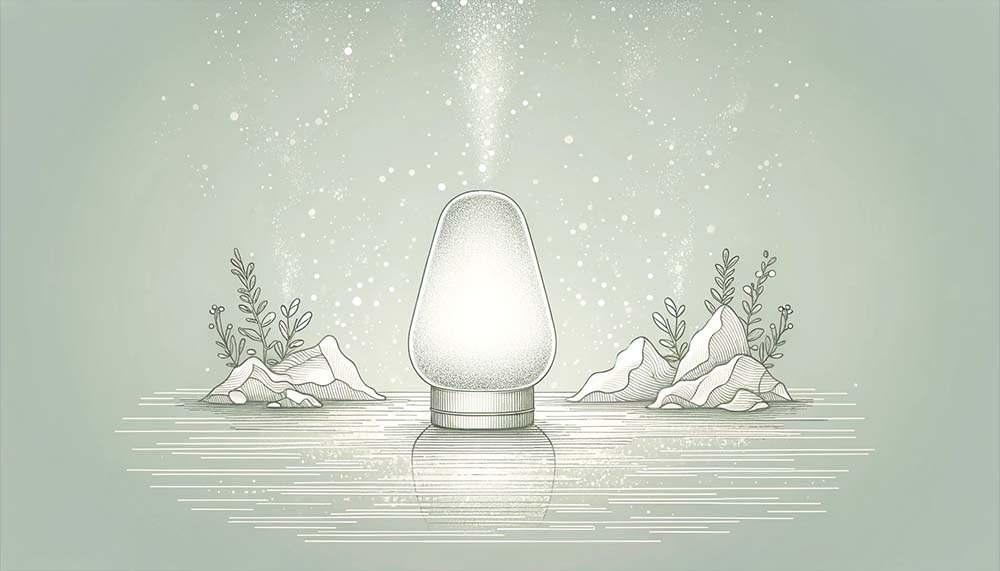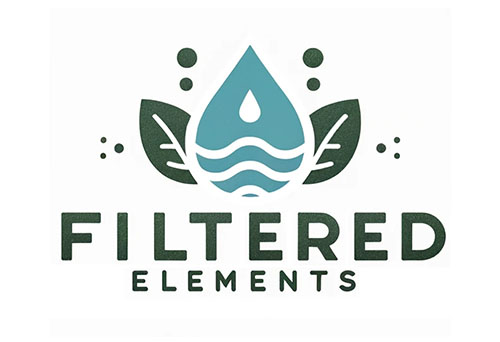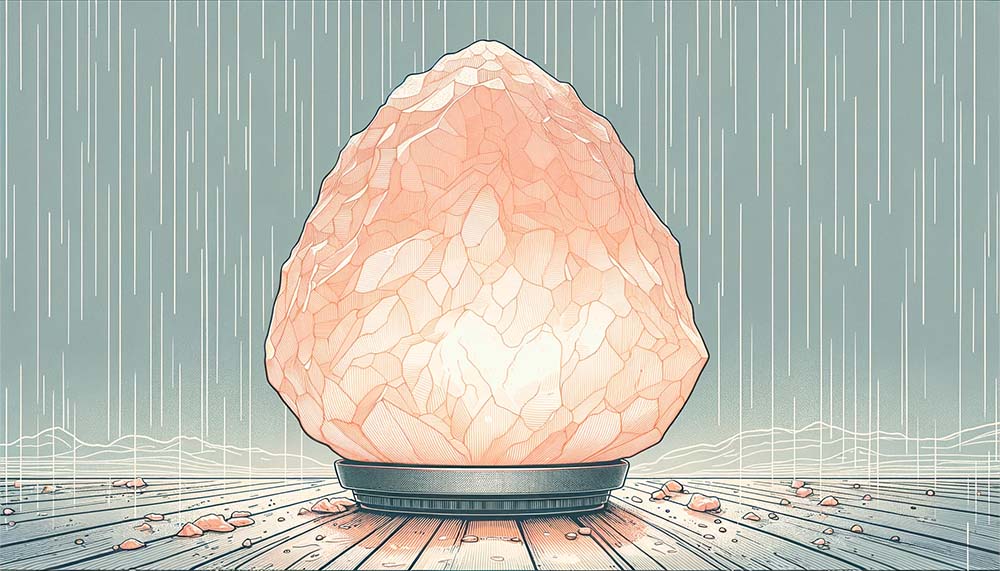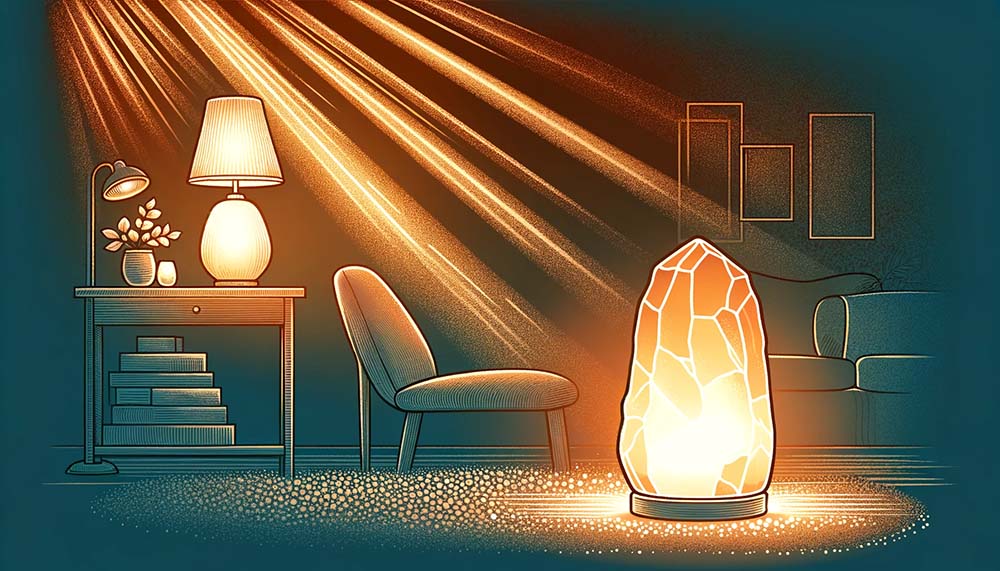Himalayan salt lamps have gained popularity as a natural way to purify indoor air, but did you know that humidity plays a crucial role in their effectiveness? As these mesmerizing lamps heat up, they attract water vapor and airborne pollutants, potentially improving air quality. However, excessive moisture can lead to issues like leaking and even pose safety hazards.
In this article, we’ll explore the fascinating relationship between humidity and salt lamps. You’ll learn about the ideal moisture levels for optimal performance, potential problems caused by high humidity, and practical tips for maintaining your lamp in top condition. Whether you’re a seasoned salt lamp enthusiast or considering purchasing your first one, understanding how humidity affects these natural air purifiers is essential.
Keep reading to discover how to create the perfect environment for your Himalayan salt lamp and maximize its potential benefits for your home’s air quality.
How Salt Lamps Purportedly Purify Air
Himalayan salt lamps are believed to clean the air in your home through several interesting mechanisms. Firstly, salt is naturally hygroscopic, meaning it readily attracts and absorbs water molecules from the surrounding air. As the lamp warms up from the heat of the light bulb inside, it is said to draw in water vapor along with airborne pollutants like dust, pollen, smoke particles, and other contaminants.
The theory is that these impurities then remain trapped on the surface of the salt lamp. Essentially, the lamp acts as a natural air purifier by pulling pollutants out of the indoor air and holding onto them.
Additionally, some claim that as the lamp heats up, it releases negative ions into the air.
While the research on salt lamps specifically is limited, a couple small studies have suggested they may have a minor impact on indoor air quality:
- A study by the Bavarian State Office for Health and Food Safety in Germany found that salt lamps could slightly reduce airborne particles in a controlled environment, though the effect was minimal compared to proper ventilation and filtration.
- Another small study suggested salt lamps may produce negative ions, which have been linked to improved mood in higher concentrations in natural environments. However, the amount generated by lamps is likely much lower than levels found near waterfalls or beaches.
So while these purported air cleaning properties of salt lamps are intriguing, more rigorous scientific research is still needed to quantify and prove their actual efficacy. The current evidence suggests salt lamps may offer a small complementary boost to air quality, but should not be relied upon as a substitute for true HEPA air purifiers and other proven methods.
The Role of Humidity with Salt Lamps

Humidity plays a significant role in the air-purifying abilities of Himalayan salt lamps. Because salt readily attracts and absorbs water molecules from the surrounding air, the level of humidity in a room can greatly impact a salt lamp’s performance.
In more humid environments, salt lamps tend to absorb more moisture from the air. This increased absorption can potentially enhance the lamp’s ability to trap airborne pollutants and remove excess humidity from the room. As the lamp draws in water vapor, it may also pull in dust, pollen, smoke particles, and other contaminants, effectively removing them from the air you breathe.
Several factors can influence the amount of moisture a salt lamp absorbs:
- High humidity levels in the room: The more moisture present in the air, the more the salt lamp will absorb. This is especially relevant in naturally humid areas or during seasons with higher humidity.
- Larger size of the salt lamp: A bigger salt crystal has more surface area to attract and collect water molecules from the air.
- Rougher, more porous surface of the lamp: Salt lamps with a more natural, unpolished surface tend to be more effective at absorbing moisture due to their increased surface area and texture.
Potential Issues with High Humidity

While some moisture absorption is normal and even beneficial for a salt lamp’s air-purifying properties, excessive humidity can lead to several issues that may impact the lamp’s performance and longevity.
One of the most common problems associated with high humidity is excessive leaking of the salt lamp (also referred to as sweating, crying, or melting). If the lamp absorbs too much moisture from the air, it may start to dissolve and drip salt water onto the surface it sits on. This can not only create a messy and unsightly situation but also potentially damage furniture or flooring if left unchecked.
In extreme cases, excessive moisture absorption can even pose an electrical hazard. If water seeps into the light bulb socket or cord, it can cause short-circuiting or increase the risk of electric shock. To minimize these risks, it’s crucial to keep salt lamps away from areas with high humidity, such as bathrooms or kitchens, and to regularly check for signs of excessive moisture buildup.
If you notice your salt lamp is constantly wet or dripping, there are a few steps you can take to mitigate the issue:
- Place a protective base or tray under the lamp to catch any excess moisture and prevent damage to surfaces.
- Consider using a lower wattage bulb to reduce the amount of heat generated, which can contribute to increased moisture collection.
- If the humidity in your space is consistently high, you may want to invest in a dehumidifier to help regulate moisture levels and create a more balanced environment for your salt lamp.
It’s important to strike a balance when it comes to humidity and your salt lamp. While some moisture absorption is a sign that the lamp is interacting with its environment, excessive wetness can hinder its effectiveness and even become a safety hazard.
Be sure to check out our full guide covering leaking salt lamps for deeper dive into how to mitigate this issue.
Maintaining Your Salt Lamp for Optimal Performance

Proper cleaning and maintenance are essential for ensuring your Himalayan salt lamp continues to provide its soothing glow and potential air-purifying benefits.
Here are some key tips to keep your lamp in top shape:
- Regular dusting: Gently wipe your lamp with a soft, dry cloth at least once a week to prevent dust and debris buildup. Avoid using water or cleaning solutions, as salt is hydrophilic and can be damaged by liquids.
- Occasional deep cleaning: Every few months, unplug your lamp and allow it to cool completely. Then, use a slightly damp cloth to carefully remove any stubborn grime. Be sure to dry the lamp thoroughly before plugging it back in.
- Proper handling: Always handle your salt lamp with care, supporting the base with both hands. Avoid putting pressure on the salt crystals or attempting to force any sections apart, as the lamp is delicate and prone to damage.
- Appropriate bulb usage: Use the correct bulb wattage (typically 15 watts) to prevent overheating and damage. Incandescent bulbs are best; avoid LED bulbs as they don’t produce the heat needed for the lamp to release negative ions. Always allow the lamp to cool completely before changing bulbs.
- Mindful placement: Keep your salt lamp away from humid areas like bathrooms or kitchens to prevent excessive moisture absorption and potential damage. Place it on a protective base to catch any water leakage and protect surfaces.
- Managing humidity: If you live in a humid climate or notice your lamp is constantly damp, consider using a dehumidifier in the room to help regulate moisture levels. You can also place a protective covering over the lamp when not in use to reduce moisture absorption.
For more detailed instructions on caring for your salt lamp, check out our comprehensive guide on How to Clean and Maintain Your Himalayan Salt Lamp.
By dedicating a little time and effort to regular cleaning and proper handling, you can ensure your Himalayan salt lamp remains a beautiful and beneficial addition to your space for years to come.
Final Thoughts
Humidity and Himalayan salt lamps share a fascinating relationship that greatly influences the lamps’ air-purifying capabilities. Salt’s hygroscopic nature allows it to absorb moisture and airborne pollutants, potentially enhancing indoor air quality. However, excessive humidity can lead to problems like leaking, damage, and safety hazards, making it crucial to find the right balance.
Proper care and placement of your salt lamp are essential for optimal performance. Regular cleaning, using the correct bulb wattage, and keeping the lamp away from overly humid areas can help prevent issues and extend its lifespan. In high-humidity environments, a dehumidifier may be necessary to create a more suitable atmosphere.
While salt lamps offer a complementary approach to improving air quality, they should not be considered a replacement for proven methods like HEPA air purifiers. By understanding the intricacies of humidity’s impact on salt lamps, you can create an environment where these captivating natural wonders can thrive and contribute to a healthier, more serene living space.




